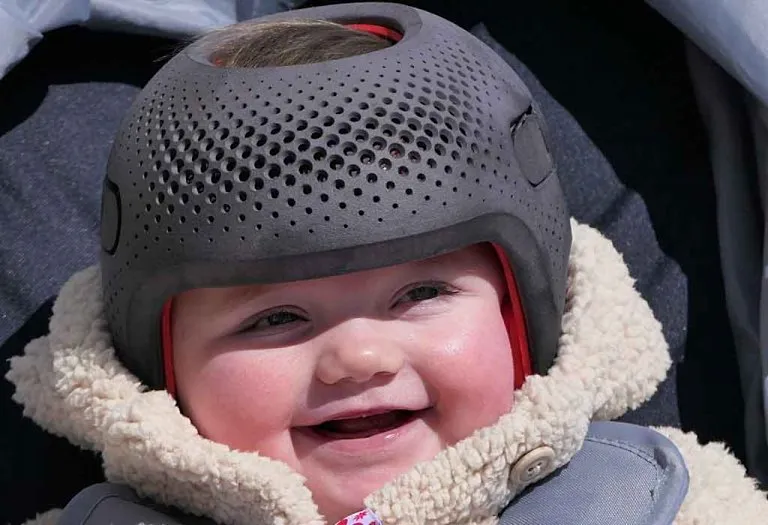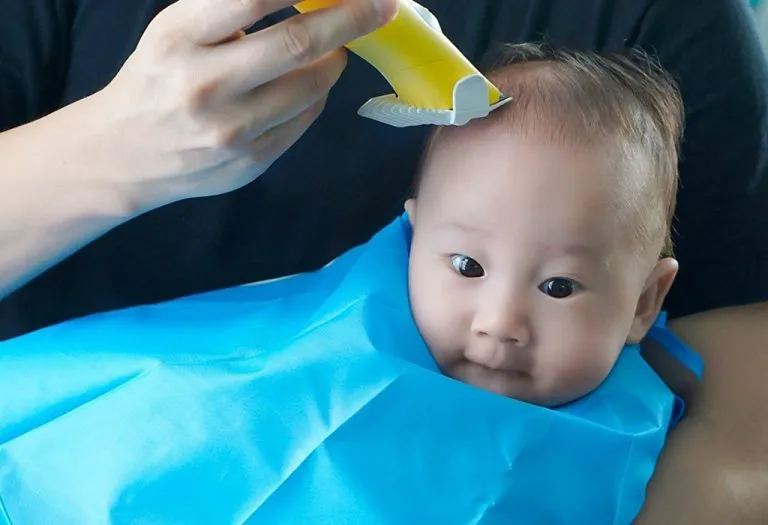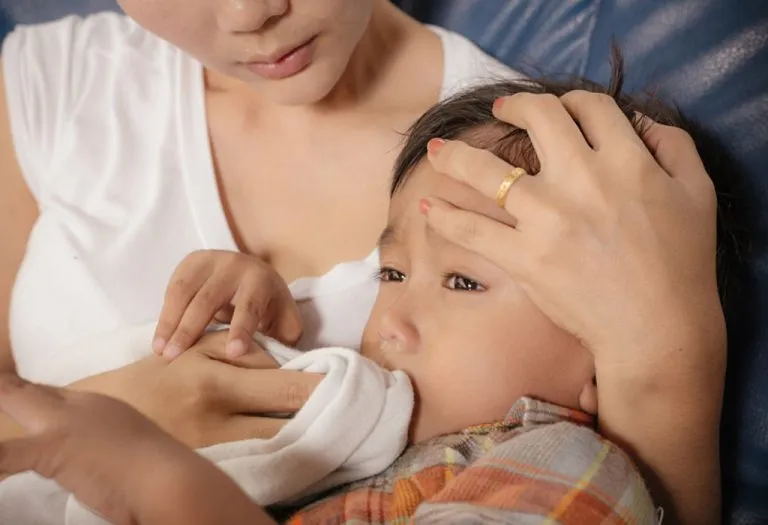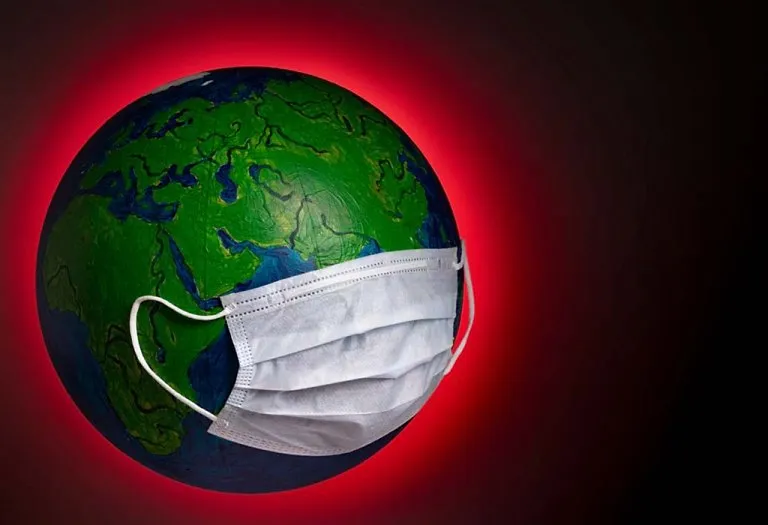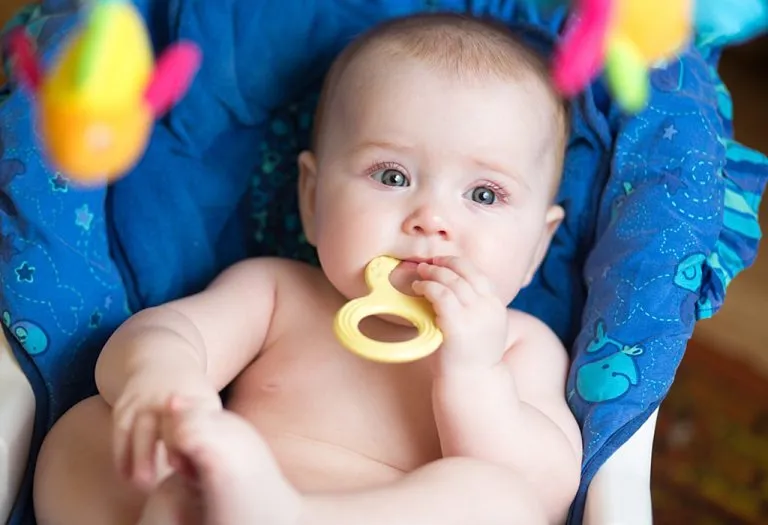Baby Helmet Therapy: Why Do Babies Wear Helmets?
- Why Do Infants Need to Wear Helmets?
- What Conditions Cause a Baby to Wear a Helmet?
- At What Age Baby Should Wear Helmet?
- How Long Should a Baby Wear a Helmet?
- Is There Any Method Other Than Helmet Therapy to Correct Baby’s Skull Shape?
- Do Remoulding Helmets Cause Discomfort?
- What Makes Cranial Remoulding Helmets Different From Other Helmets?
- FAQs
If you’ve ever wondered why do some babies wear helmets, you’re not alone. This common sight often raises curiosity and concern among new parents. While it may look unusual at first, those little helmets play a big role in supporting healthy development. Some babies may be born with misshapen skulls whose shape might become permanent as they grow up. Baby helmet therapy, otherwise referred to as helmet orthosis, helmet holding, or cranial orthosis, is a treatment that helps mould the baby’s skull into shape. Usually, a baby must wear a helmet between the ages of 4 months and 1 year when their cranial sutures have not been fused. Correcting the shape of the skull can sometimes also be necessary to prevent future health issues. In this article, we’ll walk you through the reasons behind infants wearing helmets, how the therapy works, and when it’s recommended.
Why Do Infants Need to Wear Helmets?
Infants between the age of 4 months to 1 year are advised to wear helmets if they have a misshapen skull. When a newborn visits a paediatrician, they may assess the circumference and shape of the baby’s skull, and if they find that the baby has a large flat spot, they may recommend helmet therapy. It has to preferably be completed between the age of 4-6 months. A baby’s skull is not fully hardened, and its soft spots, i.e., fontanels and ridges, i.e., sutures, are still malleable, and the cranial bones have not fused. As the baby grows, their cranial sutures will begin to fuse, and the skull’s shape will not change as easily (1).
What Conditions Cause a Baby to Wear a Helmet?
The reason why babies wear cranial helmets is to correct the shape of their skull. Since a baby’s skull is soft, it is common to become flat when the baby lies down on its back for extended periods. However, a flat skull can also be the result of a genetic condition. The conditions that can be treated with helmet therapy are:
1. Plagiocephaly
Also referred to as a flat head syndrome, plagiocephaly is when one side of the baby’s head has flattened out due to continuous pressure. This tends to happen to the back of the skull when the baby lies on their back for long periods. The condition is called positional plagiocephaly. It is fairly common as laying a baby on its back is the safest sleeping position per the American Academy of Paediatrics recommendations (2).
Since plagiocephaly doesn’t cause any impediment to the baby’s brain development, helmet therapy is usually recommended when severe deformation has not improved through other treatment methods. The Congress of Neurological Surgeons has recommended physical therapy or frequently changing the baby’s position in cases of plagiocephaly (3).
2. Craniosynostosis
When a baby’s cranial bones fuse too soon, it results in a condition called craniosynostosis. Sometimes, this can be a genetic condition. Craniosynostosis can restrict brain growth as the unusual shape of the skull will limit growth (4).
Symptoms of this condition include unevenly shaped skull, abnormal growth of the head, a soft spot on the baby’s head, headaches, learning disabilities, vision loss, or wide or narrow eye sockets. Craniosynostosis requires surgical treatment followed by helmet therapy (5).
At What Age Baby Should Wear Helmet?
A baby’s skull generally begins to harden after they are 1 year old, and the helmet will become ineffective in gently shaping the skull. It is, therefore, recommended that the baby wear a cranial helmet between the age of 4-6 months. Your paediatrician will advise this treatment during the visits you make every 2 months after birth during the child’s infancy (6).
How Long Should a Baby Wear a Helmet?
Generally, babies wear head shaping helmets for 23 hours a day. You can remove it while bathing them or putting on their clothes. While this seems like too long a period, it is necessary because the baby’s skull will be malleable only for a short span of a few months. It is vital to complete the helmet therapy before their cranial sutures have permanently fused. Cranial helmets generally have to be worn for 3 months on average. The period may vary depending upon the seriousness of the condition. The paediatrician will frequently monitor the shape of the skull to make adjustments during the treatment as necessary (1).
Is There Any Method Other Than Helmet Therapy to Correct Baby’s Skull Shape?
Helmet therapy is only one way of treating a misshapen skull. If the cause is positional plagiocephaly, changing the baby’s position and physical therapy can help treat mild deformations in the skull. Helmet therapy becomes essential for severe cases. Some alternate treatment options are (6) (7):
- Tummy Time: Ensure that your baby spends some time on their tummy instead of just on their backs. This will reduce the pressure on the head. However, don’t place them on their stomach unless there is supervision. This also helps develop the neck muscles and strengthens them.
- Cuddling: You can hold your baby and relieve their back and head of the pressure exerted when lying down. Make sure to support their head while holding them. This is also a great bonding opportunity for you and your infant.
- Changing Positions While Breastfeeding: Place your baby in different positions, i.e., on either side, while breastfeeding. You can also play with them or interact with them from different directions, so they avoid lying down in the same position for too long.
Do Remoulding Helmets Cause Discomfort?
A baby skull shape helmet is not painful; it also does not cause any discomfort. The helmet is made using soft foam and is custom-made for each child for utmost comfort. However, if it is not fitted accurately or cared for properly, it may result in foul odour and skin irritation which will cause discomfort. The doctor can make adjustments to correct the fitting of the helmet.
What Makes Cranial Remoulding Helmets Different From Other Helmets?
Cranial helmets are different from other helmets because licensed physicians like certified paediatric orthotist prescribe them. They are custom-made to the measurements of the baby’s head by using a plaster mould. They can also be adjusted during the treatment as needed. The exterior of these helmets is hard, but the foam inside is soft, exerting consistent pressure on the protruding side of the head so that the flat spot can expand. They are designed explicitly for reshaping the baby’s skull and not to protect it from injury.
Softer skulls in babies facilitate easy passage through the birth canal and facilitate brain growth during the initial years of the baby’s life. However, this vulnerability can lead to unusual head shapes of the baby, which must be treated. Abnormal head shapes due to craniosynostosis can also inhibit brain development, and cranial helmets become vital to the baby’s treatment. This therapy does not cause any pain or discomfort to your child. However, you must ensure that you tend to the helmet as instructed by the paediatrician.
FAQs
1. What is helmet therapy?
Helmet therapy is a treatment that helps hold the shape of a baby’s skull. It is also known as cranial orthosis. When a baby has a misshapen skull, either due to a genetic condition or a flat spot from constantly lying down on its back, it can be corrected using helmet therapy. The skull in babies below 1 year of age is soft and malleable, and the cranial helmet helps mould the skull to the correct shape. Helmet therapy can be necessary when the flatness in the skull shape is severe enough to inhibit brain growth and development. The two conditions in which helmet therapy is used are plagiocephaly and craniosynostosis (8).
2. How long does helmet therapy takes?
Helmet therapy usually takes 3 months on average. However, it may take a longer or shorter period, depending upon the seriousness of the baby’s condition. During infancy, a visit to the paediatrician is recommended every 2 months, during which they will measure the diameter of the skull. If they find that there is a flat spot that requires correction, they will recommend helmet therapy. It is provided for babies between the age of 4 months to 1 year, but it is most effective when the baby is 4-6 months old. After the baby has crossed the age of 1, their skull begins to harden, and the helmet will not be effective.
3. Should I recommend a paediatrician for helmet therapy?
It is necessary to obtain a recommendation from a paediatrician for infant helmet therapy. Licensed physicians like certified paediatric orthotist give cranial helmets. Since they are custom-made, the paediatrician will have to take the measurements of the baby’s skull with a plaster mould to make the helmet fit your baby’s skull perfectly. If there are any problems with the fitting, it can cause pain and discomfort to the baby, and a paediatrician can make adjustments to correct the same during regular visits.
Seeing a baby in a helmet might catch your eye, but it’s simply one way parents support their child’s healthy growth. Every family’s journey is different, and what matters most is making choices that feel right for their little one. In the end, it’s all about helping babies thrive in their own unique way taking one small step at a time.
References/Resources:
1. Johns Hopkins Medicine – Helmet Therapy for Your Baby
2. AMERICAN ASSOCIATION OF NEUROLOGICAL SURGEONS – Positional Plagiocephaly
3. Cleveland Clinic – Plagiocephaly (Flat Head Syndrome)
4. National Library of Medicine – Craniosynostosis
5. Johns Hopkins Medicine – Craniosynostosis
6. Intermountain Health – Does My Infant Need a Helmet? Understanding Positional Plagiocephaly
7. Children’s Healthcare of Atlanta – Cranial Remolding
8. American Academy of Pediatrics – Baby Helmet Therapy: Parent FAQs
Also Read:
Baby Sunken Fontanelles
Baby’s Head is Hot but No Fever
Know about Baby Shake Head Side To Side
When Can Babies Hold Their Heads Up?
Was This Article Helpful?
Parenting is a huge responsibility, for you as a caregiver, but also for us as a parenting content platform. We understand that and take our responsibility of creating credible content seriously. FirstCry Parenting articles are written and published only after extensive research using factually sound references to deliver quality content that is accurate, validated by experts, and completely reliable. To understand how we go about creating content that is credible, read our editorial policy here.






